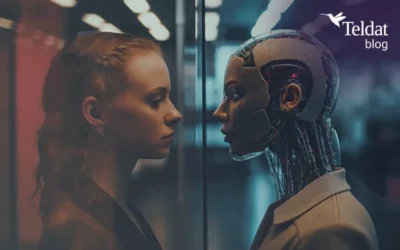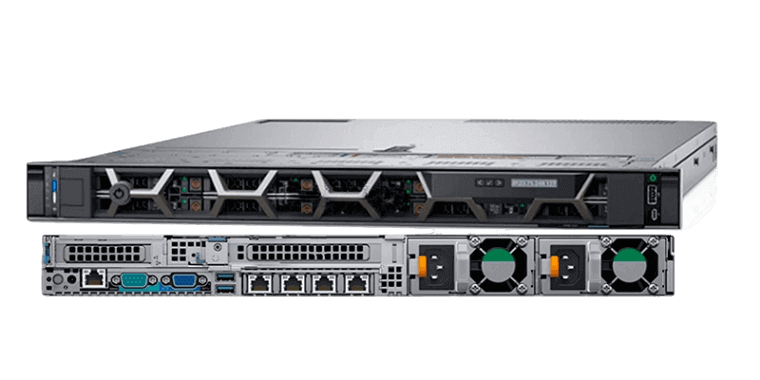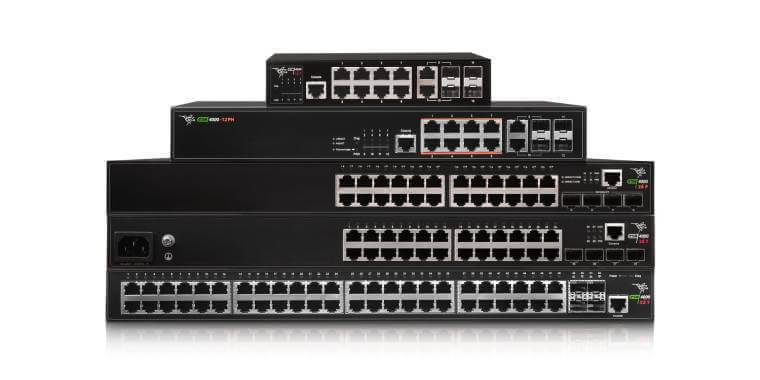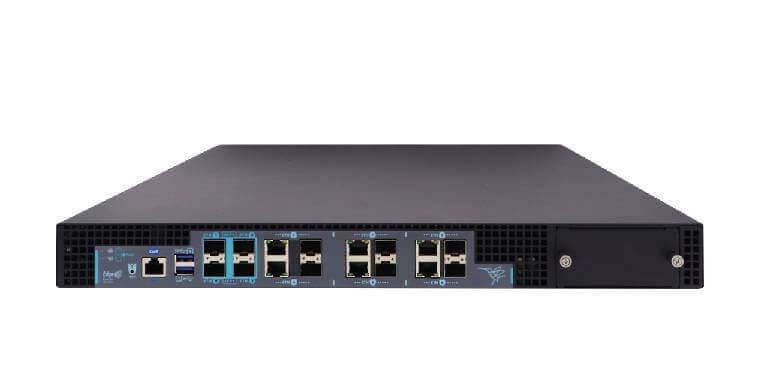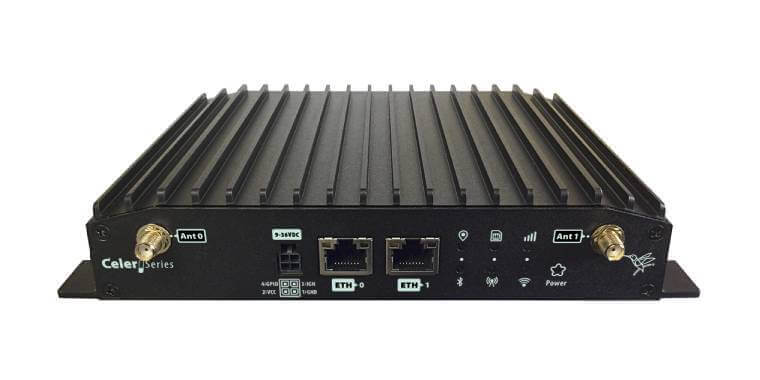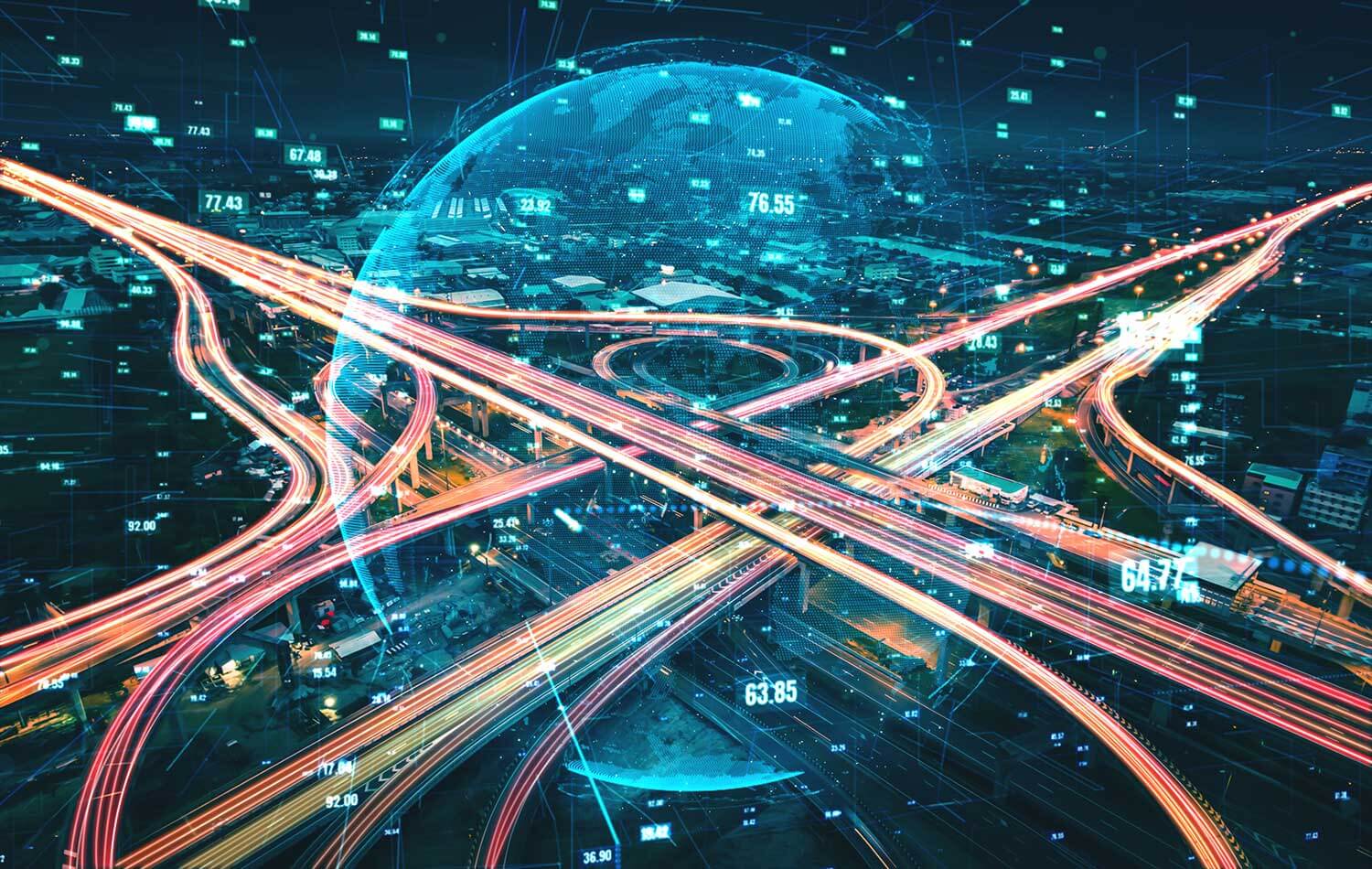 We’re still in the midst of digesting what could be termed the “first decade of cloud”, and yet it is already evoking the relentless – though, at the same time, typical of our natural condition as human beings – need to unveil the next “technological futurism” that awaits us: what’s next?
We’re still in the midst of digesting what could be termed the “first decade of cloud”, and yet it is already evoking the relentless – though, at the same time, typical of our natural condition as human beings – need to unveil the next “technological futurism” that awaits us: what’s next?
Although it is only relatively recently that we have settled into this young and “digitally transformed” era – where only a few years ago we were fully engaged in the process of recompiling (and necessarily so) our old semantics and including the definition of a new “hydrometer” concept, now defined in terms of GHz, Petabytes or IOPS –, the continuous dynamism of businesses and of the markets where they operate, as well as their insatiable imperative for ever more agile processes, continues to demand much more from current “human-machine” communication processes. While Cloud has managed to break time-space laws – making it possible for IT infrastructures and technologies to accompany and adapt to the changing needs of our different business models in any remote part of the world, through practically instantaneous deployments and management models, and only having an Internet connection –, it nevertheless appears that the next technological challenge is to go one step further towards “humanizing and streamlining” the IT ecosystem that sustains us and, ultimately, our businesses. The focus is on replacing old navigation “menus” and “screens” with a “user experience” model clearly aimed at facilitating more human and instantaneous communication with our “clouds”, with voice and artificial intelligence being the principal actors on which to solve the logic of selection, execution and response to the user’s day-to-day digital actions. Wouldn’t it be amazing to “talk” about your hotel choice, airline tickets, or the souvenirs you want to bring back from your next holiday destination, without any waiting in front of a screen other than the interaction with your virtual assistant, which is also in permanent “training” in order to have a more complete knowledge of your preferences?
If we stroll around some of the most famous present-day technological pioneers that have already begun to move in this area, such as Amazon, Google or Apple, we can clearly see – commensurate with the economic orders of magnitude that move projects like Alexa, Google Assistant or Siri – the race to find “the solution” that ultimately leads to and, at the same time, inescapably determines the way in which current Software-as-a-Service – SaaS – platforms interact with their users. Systems that not only give users a voice-guided search system, but that can also learn from user behavior patterns and habits, using a variety of information sources (such as their social media activity), to become increasingly efficient and proactive.
Therefore, we are entering a new era where, either a virtual assistant, similar to Siri, Alex or Google Assistant, bursting in on our mobile devices to tell us the result of a network operation programmed weeks ago, or a conversation via Slack or Skype to activate an administration task involving different systems, will revolutionize the way in which our devices understand and successfully process the particular requirements of business models, at any moment.
At Teldat, we can already talk about the “Communication as a Service” solutions, which have revolutionized the way we solve and administer complex network deployments “through a single click”, without end users having to acquire complex knowledge about networking.




